As big nature lovers, we know that the ideal cannabis growing method is organic. When it comes to fighting pests, you can also choose to forego chemical elements that can be detrimental to both your health and the environment. Nature is wise, and provides us with insects that allow us to fight pests in a natural way. This is what is known as biological pest control, a practice that involves introducing predatory species on plants to do away with the pests threatening them. In other words, good bugs vs. bad bugs. Here we tell you about the most common species for biological pest control on cannabis plants.
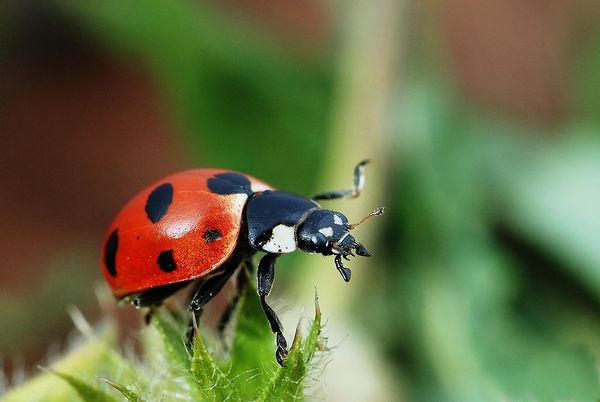
Pests on cannabis plants are one of growers' great nightmares. Just when you least expect it, your precious crop is infested with tiny bugs that can destroy your buds in the wink of an eye. Many people choose to fight them with chemical pesticides, convinced that that this is the most effective solution. But chemical insecticides are not infallible, and also entail some risks:
- Some pesticides have been overused in agriculture, to such an extent that the insects are now immunised against them
- Their abuse can affect the quality of the plant, and even be detrimental to the health of those who consume its fruits
- Both the production and use of chemical agents are also detrimental to the environment.
An alternative and environmentally sound option is biological pest control; that is, using insects that attack and eat others. This is a natural remedy that is very simple to apply and that obviates the use of chemical pesticides. In order to use it correctly you must understand that each species that can attack your plant cannabis plant, like aphids or spiders, must be fought with its corresponding adversary. For example, to end a plague of aphids you will need a good army of ladybugs, whereas spiders are the favourite food of lacewings. Below we present, one by one, the insects most commonly used for biological pest control on cannabis plants. Once you have identified what insect is damaging your crops, you can choose what to attack it with.
Biological control of cannabis pests
Mites
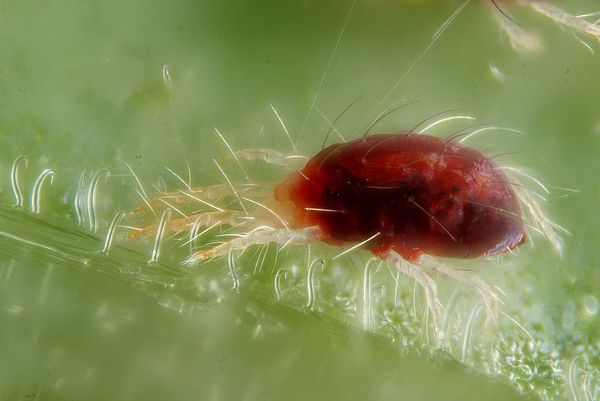
Mites have a bad reputation, but some of them, like Phytoseiulus persimilis, can be great allies of cannabis growers.
- They fight: their favourite food is the red spider (which it resembles), and its larvae and eggs.
- How to use them: if you release the species in your garden it will gradually adapt to it and carry out its mission: basically, to eat. For them survive you'll need to maintain humidity levels above 40%. The care you provide and efforts you make will be well worth it, as they can devour up to five red spiders or 20 eggs and larvae each day.
Another mite to fight against pests is Amblyseius californicus.
- It fights: red spiders too.
- How to use them: Unlike the previous one, it does not require much humidity, and withstands high temperatures, which makes them very useful with indoor crops, or outdoor ones in the summer. However, they are not as good for major infestations, because they are not as voracious. Thus, they're ideal for when a plague is just beginning and still small.
Anthochoridae
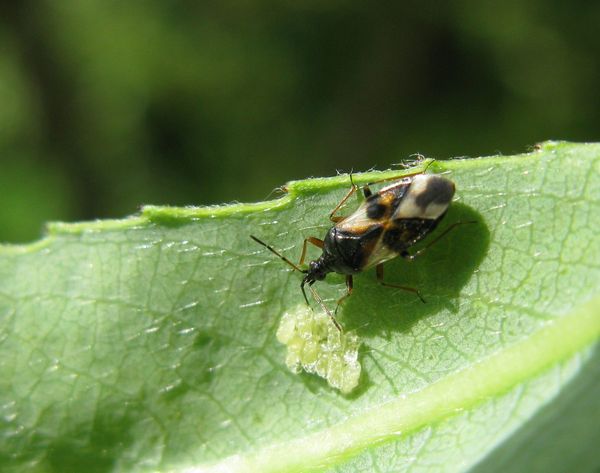
Anthochoridae, also known as "flower bugs," are usually found at and near crops.
- They fight: other insects, like mites, spiders, insect eggs, red spider mites and several species of small caterpillars.
- How to use them: In spite of feeding on these tiny bugs, their diet mainly consists of pollen and the juice from some plants. Thus, to get these creatures to approach crops planting shrubs with large flowers is recommended.
Spiders
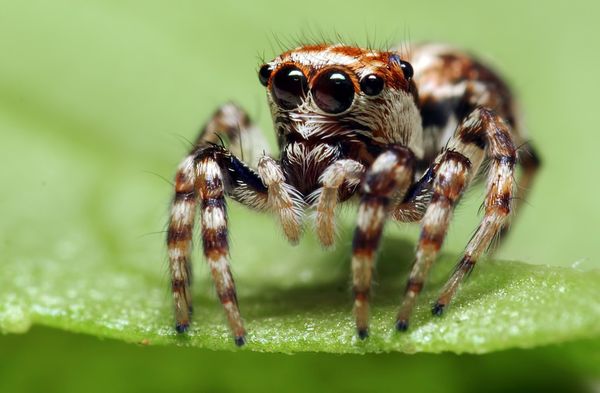
Spiders can constitute a very special resource in plantations and gardens, as they eat all kinds of insects. There are many classes of these animals, but the important thing is to ensure that they are hunting, predatory spiders, which are those that will be able to reduce the number of insects on your plants.
- They fight: many of them like species that tend to damage cannabis plants, like the aforementioned mites and trips, but also others, like cucumber bugs, which can do major damage to plants.
- How to use them: the best way to attract arachnids is to plant flowers. But watch out: don't mistake the dreaded red spider, a species of mite that can become a plague for your crops, for a real spider.
Syrphidae
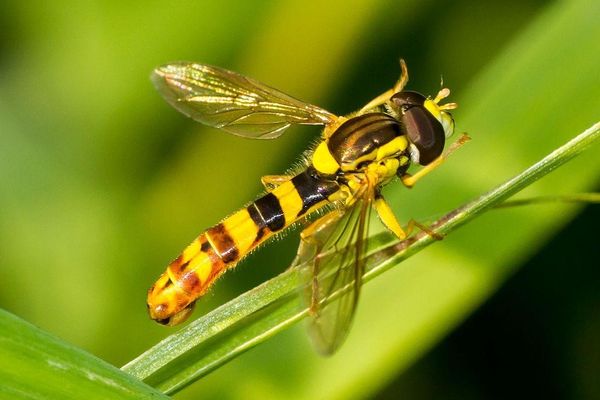
Syrphidae are often mistaken for bees, but they are different animals. In order to distinguish this species from a bee or wasp, focus on their eyes, which are much bigger. They are also harmless to people, so they are used as a form of biological control in agriculture.
- They fight: aphids, mites, trips and cochineal. Larvae feed on these species: when they grow, they only eat nectar and pollen, and become pollinators, abandoning their roles as predators. Even so, this insect is a good way to fight infestations, as with each reproduction it is more likely to eliminate the plague.
Lacewings
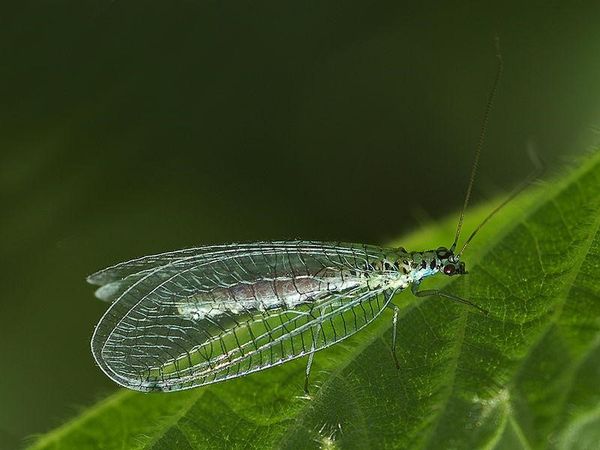
Chrysopidae, known as lacewings, are particularly voracious. When still they are larvae, they are great devourers of pests, as they can eat up to 60 white flies, aphids and spider mites per hour. They can remain in this state for three weeks before becoming adults. To hunt, they inject their prey with a paralysing poison.
- They fight: white flies, aphids and spider mites
- How to use them: For the purpose of getting adults to reproduce, it is advisable plant nectar-rich flowers. In addition, we recommend letting them loose in the early morning or at night, when the atmosphere and the temperature are milder.
Ladybugs
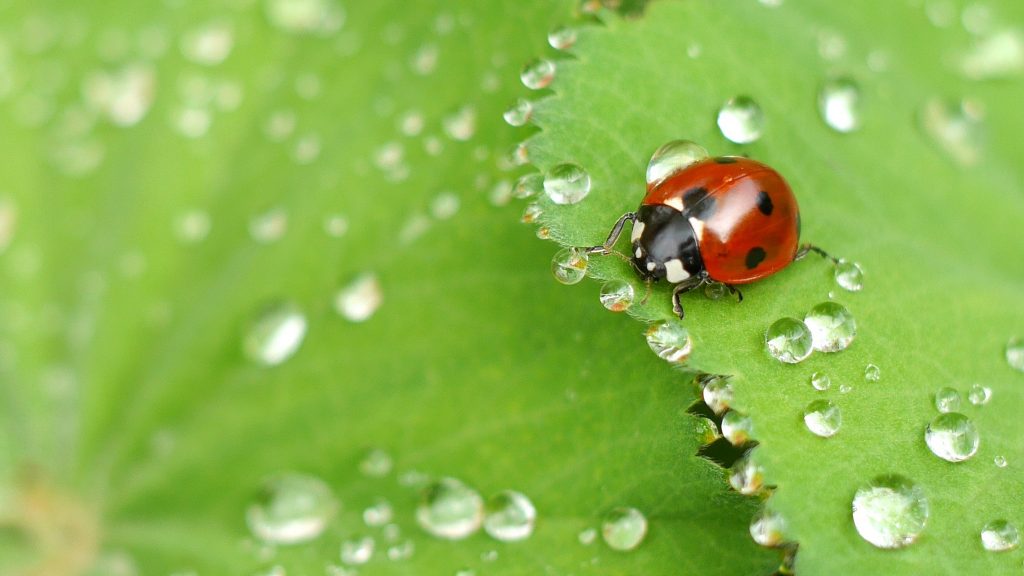
These likeable and pretty little bugs are very easy to find at nurseries, and are distinguished by their great voracity.
- They fight: Ladybugs are great devourers of aphids and mites, so voracious that, if you have cochineal and small caterpillars, they will also eat them
- How to use them: Although they are easy to get, the secret is keep to them on your plants. We recommend releasing them at night, when it is cooler, and sprinkling water on your plants so that they can drink. To keep them from wandering off in search of other gardens, you can grow flowers around them, as their nectar and pollen favour their reproduction.
Parasitic wasps
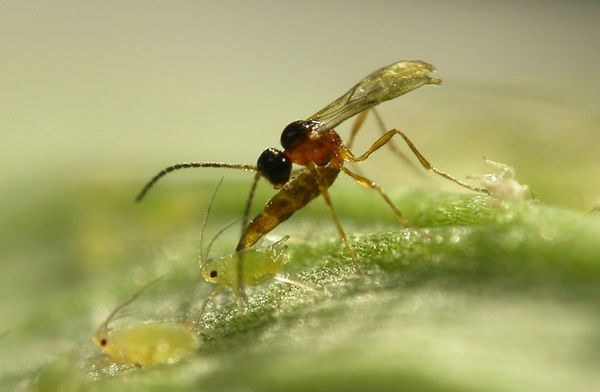
Aphidius colemani is a small wasp measuring about 3-4 millimetres that look for signs on plants indicating that they are infected.
- They fight: they are a natural enemy of aphids. When they locate infected leaves, they deposit their eggs in aphids, which serve as food and refuge for future larvae. In addition, when an aphid is attacked by this species and survives, it emits an emergency pheromone that tells others to get away, in this way repelling aphids from crops.
Trichogramma, as known as the stinger-less wasp, also lays its eggs in the enemy, but in this case in its eggs, thereby reducing the reproduction of insects and, ultimately, doing away with them.
- They fight: Amongst the species that they usually attack are all kinds of worms, liked the horned worm and the bagworm. In order to make use of them, it is necessary to release them into crops and attract them with flowers like dandelion, dill, coriander or yarrow.





Very useful information. Thank you